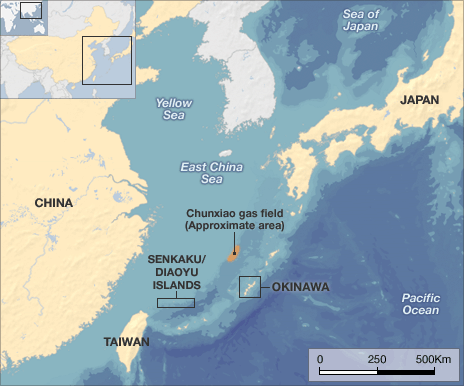In the Financial Post, Jason Clemens and Niels Veldhuis look at the under-reported fiscal problems Ontario has to deal with … and soon:
‘I do not want Ontario to become like California,” Ontario Finance Minister Dwight Duncan once proclaimed. And it’s not hard to understand why — California is a fiscal nightmare. It has the lowest bond rating in the United States and its own treasurer, Bill Lockyer, referred to the state budget as “a fiscal train wreck.”
Yet, despite all that is said about California’s finances in the media and financial markets, Ontario is in much worse shape.
Back in 2002-03, the fiscal year before the governing Liberals took office, Ontario’s net debt (assets minus liabilities) stood at $132.6-billion. In the ensuing decade, the province’s debt ballooned by almost 78% to $235.6-billion (2011-12). Most worrying, however, is that if Ontario continues on its current path (status quo in terms of spending and revenues), its debt will balloon to over $550-billion (66% of GDP) by the end of the decade (2019-20).
[. . .]
On a per-person basis, Ontario’s bonded debt (the concept of net debt is not used in U.S. public accounting) currently stands at nearly $18,000, over four-and-a-half times that of California at $3,800. As a share of the economy, Ontario’s debt (38.6%) is more than five times that of the Golden State (7.7% of GDP). This is a stunning difference in the burden of debt, particularly given the attention and concern focused on California compared with Ontario.
While the two jurisdictions face similar average interest rates for their debt, the large difference in the stock of the debt means equally large differences in interest costs. Specifically, Ontario spends almost double what California does on interest costs in dollar terms and a little over three times what California spends as a share of the revenues collected, 8.9% compared to 2.8% of revenues. This is money that could have been spent on health care, education, public safety.




